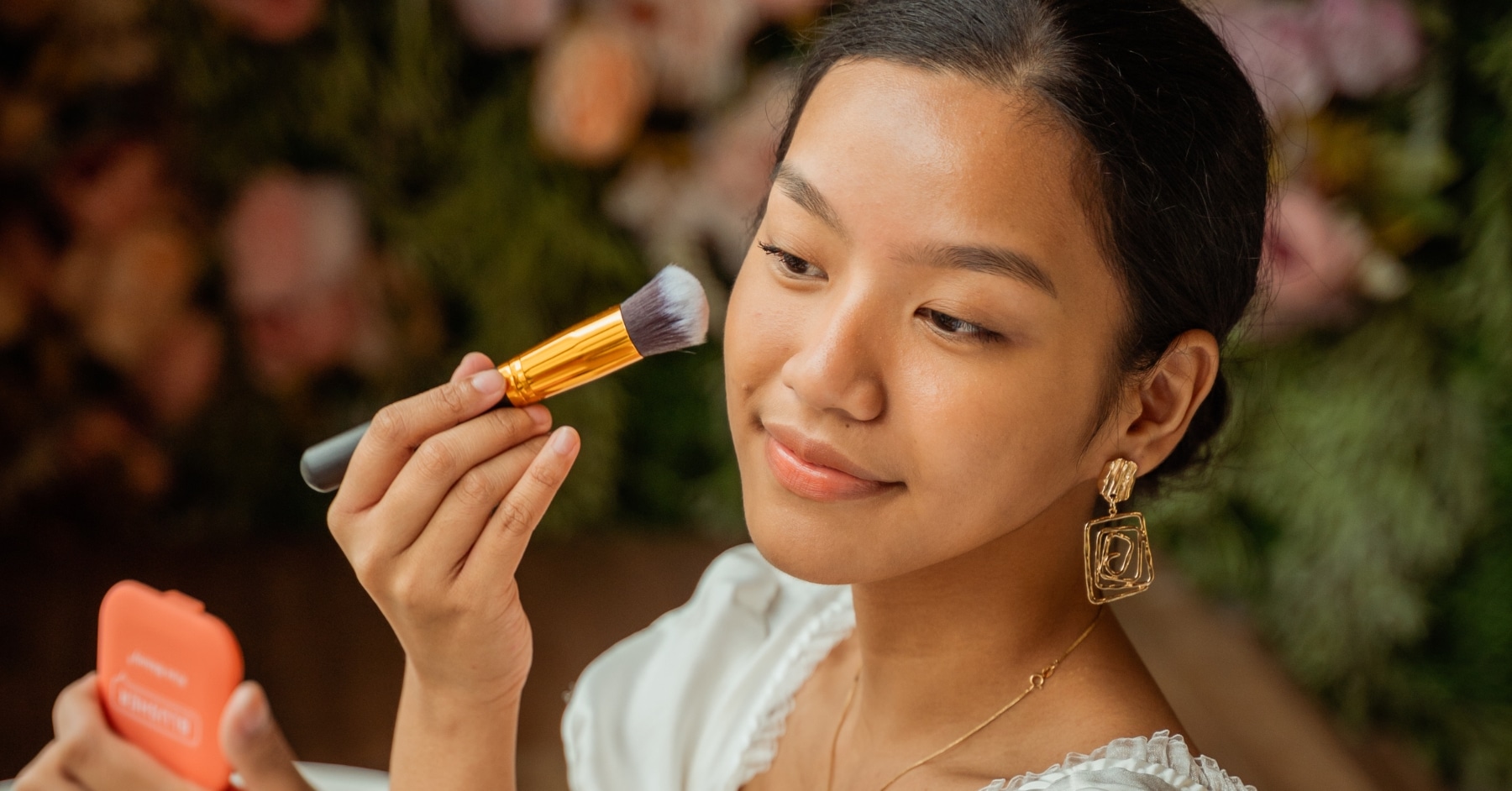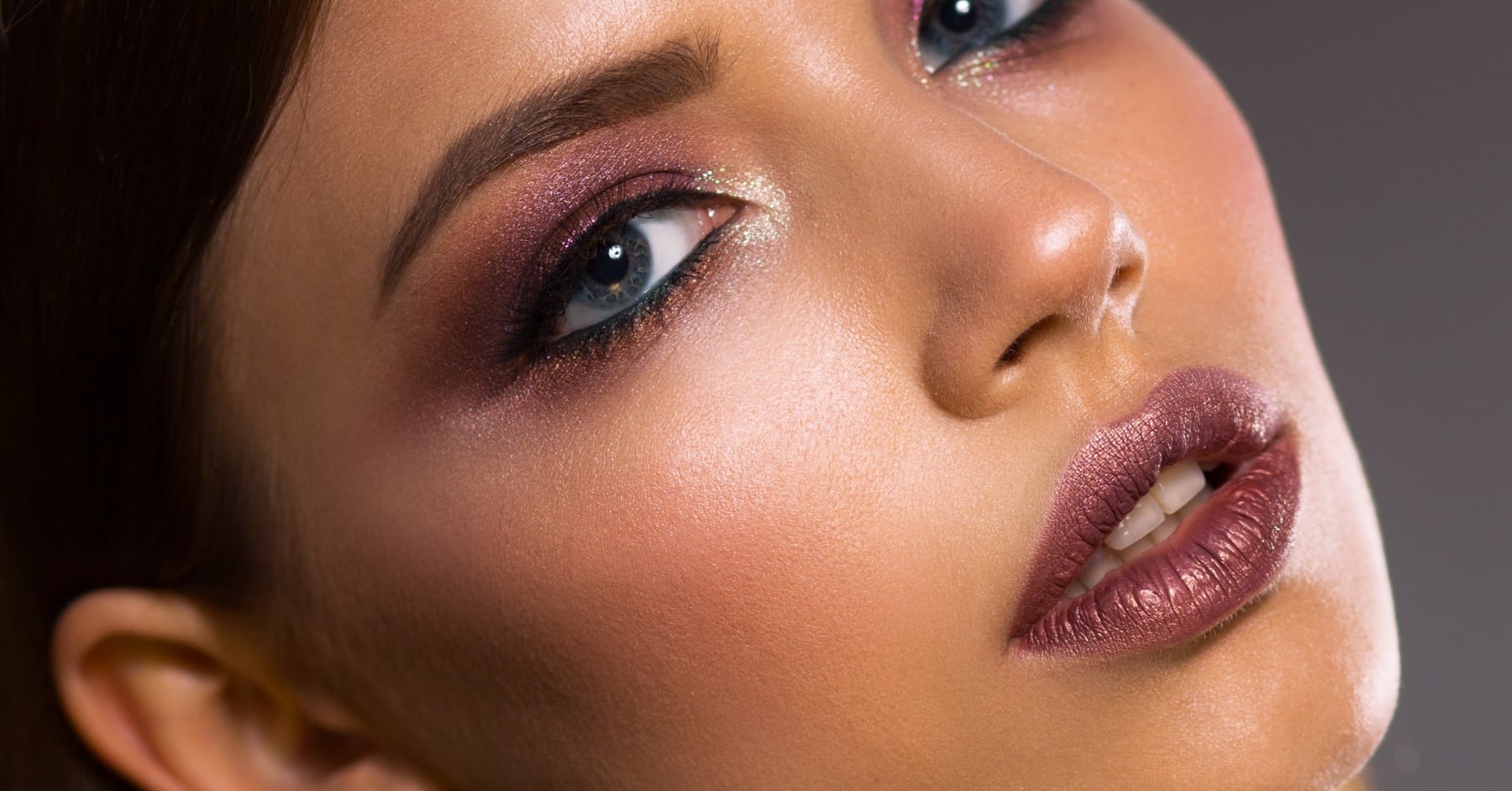If you’re anything like me, and getting concerningly close to the ripe, wrinkly old age of 40, you’ve likely already added injectables to your beauty routine.
Say what you want, but you simply can’t argue with the aesthetic benefits: not only do most injectables work wonders in terms of their skin-smoothing, anti-wrinkling properties (especially if you’re booked in for a wrinkle reduction treatment), but there’s also no denying the youthful, complexion-boosting glow you’ll experience just a few short weeks after your appointment.
But like with any semi-invasive treatments, there can be risks, and one of the (temporary) side effects of injectables is the potential for unsightly bruising at the treatment point.
The good news? You can prevent excessive bruising after injectables, or at least minimise the chances of it happening. Here’s how.
Bruising after injectables: Why Does it Happen?
Okay, we’re just going to say it: if you’re getting injectables, you need to be prepared for at least a little tenderness.
After the needle goes in, it’s a completely normal response for some bruising to occur. You’re quite literally penetrating your skin and injecting a substance, so you can’t be too surprised if you do experience this reaction.
But bruising after injectables doesn’t have to be nasty. And, you can take active steps to minimise bruising, or even prevent it entirely.
Before Your Appointment: Steps to Take
Just like getting a tattoo, you don’t want to be on too many blood thinners if you’re getting injectables. Of course, always check with your doctor. But if it’s safe to do so: stay off the aspirin, ibuprofen, fish oil, ginkgo and high-dose vitamin E. Keep alcohol light for the days leading up to your treatment, and hydrate your skin with good-quality skincare.
Then, when you do finally step into the salon for your appointment, make sure your skin is bare-faced and clean of any makeup to prevent infection.
Appointment Aftercare: What to do Next
You’ve had your injectable treatment. Now, it’s time to stay upright for at least four hours after your appointment. Try not to touch the treated area, as this can also cause bruising.
Next, be sure to skip saunas, spas and excessive sweating – the heat can open up your blood vessels. Yes, this means no exercise for at least 24 hours. So save the sweaty gym workout, and focus on resting up and enjoying your results.
Also, keep alcohol to a minimum that evening: your face will thank you.
~
FAQs:
When is the best time of year to book injectables if I want to minimise bruising?
Winter in places like Hobart often makes cover-up easier because scarves, collars and beanies are common, and UV is lower than peak summer, which helps when concealing mild colour change. Spring racing and end-of-year events fill calendars, so book at least two weeks before major functions. In summer, factor in the stronger Tasmanian sun and keep strict SPF while any faint yellowing fades.
How long does bruising last after lip filler compared with cheek or jawline treatments?
Lips can show colour for five to ten days because the area is highly vascular and constantly moving. Cheeks usually settle within three to seven days. Jawline work often clears faster, commonly three to five days. Individual healing varies with age, medicines and sleep. Gentle cool compress, rest and mineral concealer from the day after treatment help the transition.
Can I wear makeup or SPF after injectables if I have a work shift in the CBD the next day?
Most people can apply non-oily mineral makeup and broad-spectrum sunscreen the day after treatment once the skin is clean and entry points have closed. Keep brushes and sponges freshly washed so bacteria are not introduced. Avoid heavy oils and strong acids for twenty-four hours so the surface can settle.
When can I exercise again without increasing bruising?
Light walking the same day is fine. Leave vigorous sessions, hot yoga, sauna and long laps for at least twenty-four hours so heat and blood pressure spikes do not enlarge a small bruise. If lips were treated, avoid mouth-snorkel pressure and tight straps until tenderness passes. Ease back in across forty-eight hours and listen to the area that was treated.
Do cannulas really reduce bruising compared with needles for cosmetic injectables in clinics?
A blunt-tip cannula can glide under the skin through a single entry point, which often means fewer passes across small vessels and a lower chance of visible bruising in areas like the tear trough or midface. Needles are still preferred for precise placement in fine lines and for anti-wrinkle injections. Your practitioner will choose the tool that suits the anatomy and the plan.
I bruise easily and take prescribed blood thinners. Can I still have injectables?
Many people on anticoagulants can have treatment with a modified plan, but safety comes first. Tell your clinician about every medicine and supplement. Do not stop a prescribed blood thinner without written advice from your GP or specialist. Expect a higher chance of bruising and a slower fade, and use a cool compress and gentle cover until the colour clears.
–
Most bruises are small, settle fast and leave no trace. The aim is not zero risk. The aim is fewer, smaller bruises that fade quickly, so the result reads clean from the start. If you want a measured, non-sales primer on movement control and timing, skim anti-wrinkle injections to see what a Hobart week can carry.
When you need clinic details in one place, https://heartaestheticshobart.com.au sits at 187 New Town Rd, New Town TAS 7008.




